Iran Travel Booking > About Iran > Best of Tehran > Sadabad Complex
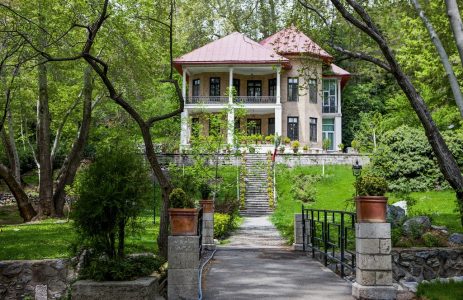
Opening time
Open during Monday to Sunday 9:00 to 18:00, last entry 16:30
Contact information
ddress: Cultural Historical Complex of Saadabad
Shahid Kamal Taheri Street, Shahid Fallahi Street (Zaferanieh), Valiasr Street, Tehran, Iran
Phone : +98 (0)21 22752031-9
Sadabad Complex is a cultural and historical complex that covers an area of 110 hectares and is located at the northernmost part of Tehran.
The complex contains 18 palaces belonged to the royal families of Qajar and Pahlavi, in a unique and beautiful garden.
The Sadabad complex was first built and inhabited by Qajar monarchs in the 19th century. After an expansion of the compounds, Reza Shah of the Pahlavi Dynasty lived there in the 1920s, and his son, Mohammad Reza Pahlavi, moved there in the 1970s. After the 1978 Revolution, the complex became a museum.
Main buildings:
Ahmad Shahi Palace - House of Ahmad Shah Qajar(Under construction)
Green Palace (also known as the Shahvand House)-The house of Reza Shah (the first king of Pahlavi Dynasty).
White Palace (Mellat Museum) - The summer house of Mohammad Reza Pahlavi (the last king of Pahlavi Dynasty) and Farah Diba.
The Special House, currently used by the presidency organization.
Asvad Palace (Ministers’ Office), the building is used as the “Museum of Fine Arts”.
Shams Palace (named after the sister of Mohammad Reza Pahlavi), it is “The Royal Clothing Museum” now.
Ashraf Palace (named after the sister of Mohammad Reza Pahlavi), it is “The Royal Dishes Museum” now.
House of Gholam Reza (named after Gholam Reza Pahlavi), it is “The Royal Weapons Museum” now.
The Queen Mother Palace, currently used by the presidency organization
The House of Ahmad Reza (the son of Reza Shah), currently used by the presidency organization.
Abdol Reza Building, named after Abdul Reza Pahlavi, the son of Reza Shah.
Bahman Palace, the Management Office of Saadabad Complex.
Shahram Palace, named after the son of Ashraf Pahlavi. It is “The Military Museum” now.
House of Farideh Ghotbi, mother of Farah Diba, currently used by the presidency organization.
The 1st House of Reza Pahlavi, it is “Behzad Museum” now.
The 2nd House of Reza Pahlavi, currently used by the presidency organization.
House of Farahnaz and Ali Reza, children of Mohammad Reza Pahlavi. it is “MirEmad Calligraphy Museum” now.
House of Leila, named after Leila Pahlavi.
“Royal Albums and Documents Museum”, located at the Imperial Guard building, “The Royal Kitchen Museum” located at the Kitchen of White Palace, “Omidvar Brothers Museum” , the museum of the first Iranian tourists, “Water Museum”, “Farshchian Museum”, and “The Royal cars Museum” are other museums of Saadabad that have been added to this complex in recent years.
Gates to the complex
Nezamie Gate, from which Reza Shah came into the complex.
Zaferanieh Gate, for the presidency organization.
Gate of Darband Street, from which the emperor Mohammad Reza Pahlavi came into the complex.
Gate of Darband Square
Ja'far Abad Gate (1st)
Ja'far Abad Gate (2nd)
River Gate
The White House Gate
Fine Arts Museum
One of the splendid buildings of Sadabad is the Fine Art Museum which was used as the royal court during 1968 - 1979.
in 1983 it was inagurated as the “Fine Art Museum” which has attracted many art lovers.
This building is situated in southern part of Saad Abad and is a three story building covering an area of 3600 square meters.
There are numerous beautiful paintings with western and eastern styles on display for our dear visitors.
This painting gallery consists of: works by recent famous Iranian painters such as: Sohrab Sepehri, Hossein Mahjobi, Faramarz Pilaram, Hossein Zende Roodi and miniature paintings by Master Hossein Behzad and Kelara Abkar and also there are paintings by Iranian artists from Safavid era(1501-1722) to Qajarian era (1794-1925).
In the remaining sections of this palace there are western style paintings from 17 to 20th century. Some of the painters are: Salvador Dali, Peter Graham, Ivanovic Shishkin and Joule Berton.
Mellat Palace Museum (White Palace)
White Palace is the largest mansion in this complex. In addition to ceremonial and official affairs this building was used as a summer residence of Mohammad Reza Shah (the second king of Pahlavi dynasty) and the queen Farah.
The first king of Pahlavi, Reza Shah ordered to build this palace in 1932 which was completed by 1937. But it was effectively used three years later. Many artists and engineers were involved in building this palace. Layout plan was designed by Mr Khorsandi and engineering drawings were developed by Leon Taavosian, Pesyan and Russian Boris.
This palace is built in surrounding area of 2164 square meters; it is a two story building and a basement with a total of 5000 square meters area.
This building has 54 units including ten large ceremonial saloons which were the official reception hall of Mohammad Reza Pahlavi.
The largest room in this building is 220 square meters that was used as the dining room.
Green Palace Museum
Shahvand Palace which is now called Green Palace is one of the most beautiful palaces in Iran. This palace is located in a higher ground in the north west of SaadAbad. Formerly this building belonged to someone called “AliKhan” who was one of the big land owners and later it was bought by Reza Shah.
During 1923-1929 Reza Shah renovated and redecorated this building by an architect called” Mirza Jafar Memar Bashi”.
The outside view is covered by rare pearl green stones from Zanjan province hence it was called Green Palace. This palace is a two story building in an area of 1203 square meters.
The most interesting part of this palace is the mirror hall with a made to measure carpet of seventy square meters, woven in the famouse Amoughli carpet workshop in Mashhad.
Master MirEmad Calligraphy Museum
This museum is located in one of the historical buildings of Sadabad. Originally this building was the residence of Pahlavi`s children (Farahnaz and Ali Reza). It is a two storey building and its architecture belongs to late Qajar (1794-1925) and early Pahlavi era (1925-1979).
Since 1997, it was used as Calligraphy Museum of Master MirEmad, the most famous Calligrapher of Safavid dynasty (1501-1722).
In this two storey museum, there are Collections of selected works of famous calligraphers of Iran's Islamic periods (from the 10th to 20th century AD) such as MirEmad, Mustasimi, Ahmad Neyrizi, Kalhor and etc.
Royal Costume Museum
This building belonged to Shams Pahlavi (Reza Shah`s daughter). It is a mixture of Iranian and European architecture. It was built by the order of Reza Shah during 1936-1940. Shams Pahlavi used this building as her summer residence, and then in 1964 she sold it to Mohammad Reza Pahlavi.
During 1964-1979 this palace was used as a private museum of Pahlavi dynasty and it housed numerous antiques and royal gifts.
After the revolution since 1995 till 2004 this place was used as the Anthropology Museum. Later in February 2010 it was converted to the museum of “Contemporary History and Royal Gifts of Pahlavi Dynasty”.
Royal clothes of Pahlavi family (the queen, Mohammad Reza Shah, Reza Shah and his family) are on exhibit inn this museum.
Master Behzad Museum
This building was built during Qajar era (1794-1925) and in the course of the first Pahlav, it was the residence and office of Reza Shah. Later, it was used as the summer residence of Reza Pahlavi (the former prince of Iran) in his childhood, this building was called “The Prince Palace”.
After Islamic revolution of Iran, in 1994, with the donation of some works of Master Hossain Behzad to the Cultural Heritage Organization by his son,at this great artist`s centenial birthday, this building was inagurated as Master Behzad Museum.
Precious paintings by Master Behzad, who is one of the founders of contemporary painting and his ideas, opinions & works led to fundamental changes in the contemporary Iranian art, is displayed in this museum.
Source : http://en.sadmu.ir

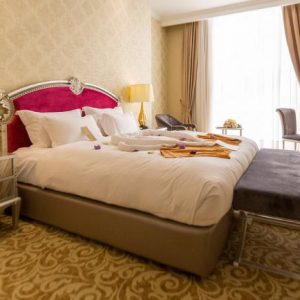
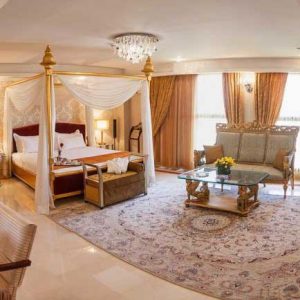
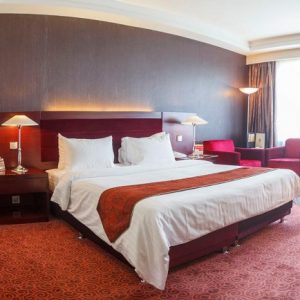
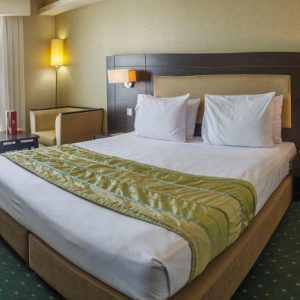
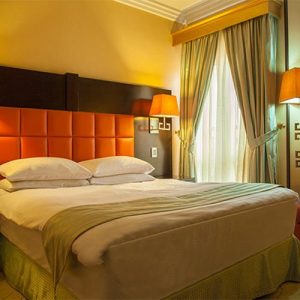
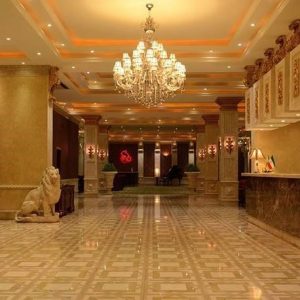
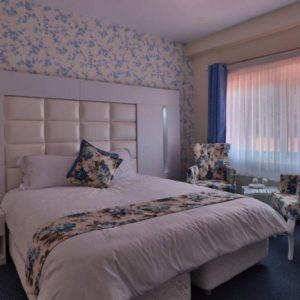
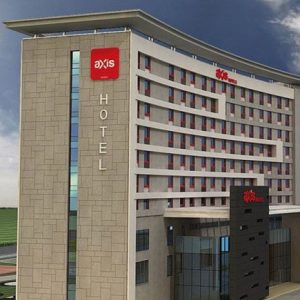
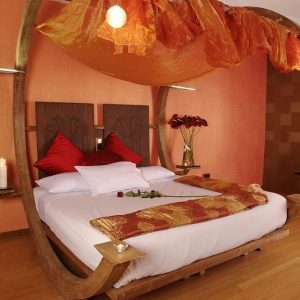
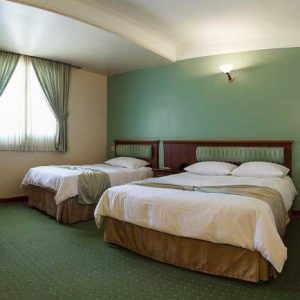
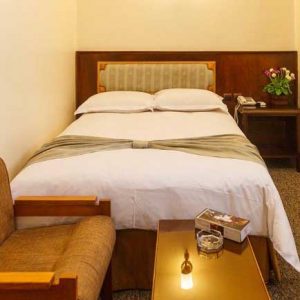
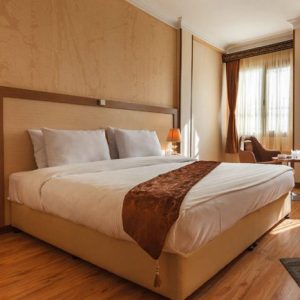
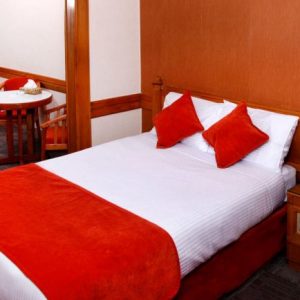
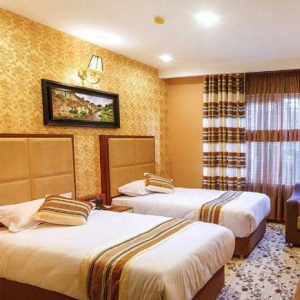
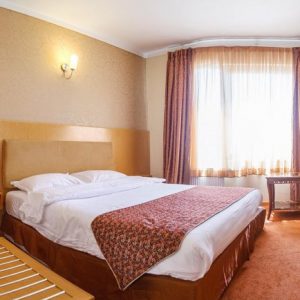

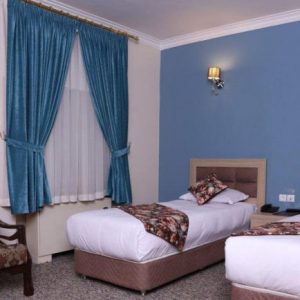
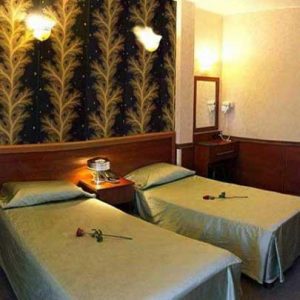

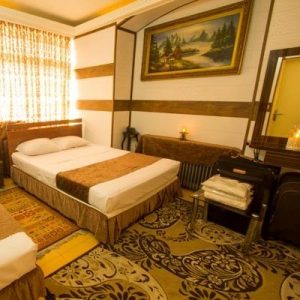



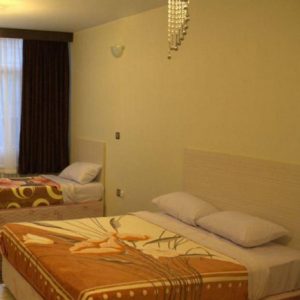
 WhatsApp us
WhatsApp us